“Masculin Pluriel” Cafés
Story by: Kara Hackler & Sammie Keller, Marrakech, Morocco
Photo Credit: Sammie Keller
As we drove through the streets of Marrakech, I began to notice that at many of the cafés the chairs were facing the streets. Then when people began to fill those chairs, they were still facing the street and almost all of the customers were men. At first I thought the spatial distance may be due to proxemics, or the form by which people communicate via spatial distance. The men sitting so close together and not facing each other fit with what I had heard in classes before about restaurant proxemics.
The men were all well within the personal space area, if not the intimate space, which is not that surprising based on Moroccan culture. Additionally I thought that maybe the men were sitting next to each other for conversations. But as Dr. Michael Ogden explained to me, café culture is predominantly men, and the men face the streets so they can watch the people on the streets. While this still illustrates a type of proxemics it was not the kind I was thinking of.
As I researched this more I found out that cafés in Morocco are masculin pluriel – for men only – unless a woman is accompanied by a man. This is not a strictly enforced rule, however, women do not always feel comfortable dining at these cafés unaccompanied by a man. This culture is changing in some of the more touristy parts of Morocco where more women, both tourists and Moroccans, are frequenting the cafés. However, I anticipate it will be a very long time before we would ever see more women than men at any given café in Morocco.
Traffic in Morocco
Story by: Kory Caldwell, Marrakech, Morocco
Photo by: Lyla Ye
If travelling for an extended period of time, one might consider acquiring a driver’s license to get around in Morocco. However, there are many things to consider, as Moroccan streets stand out with important differences from the rest of the world’s roads.
Pictured above is an entertainment and transportation option at the outskirts of a souk in Marakech, but pleasant ride-alongs aren’t the only time a traveler to Morocco might come across a horse-drawn vehicle or a donkey-powered cart traversing the streets. Among the usual sedans and SUVs there are also many bicycles, motorbikes, rickshaws, and even horses. One might be surprised at the veritable miscellany of transportation styles while confronting the hazards of driving.
While drivers in the US undoubtedly face the chance of a traffic altercation, their chances of facing an accident involving something other than a car are far less. According the World Health Organization, in 2010, 62% of traffic deaths in Morocco included road users that were driving something other than a four-wheeled vehicle during their accident. By comparison, the US’ percentage was only 30% in the same year.


In contrast, Moroccans do not have a problem with alcohol related traffic incidents. In fact, as little as 3% of Moroccan traffic deaths were involving alcohol. This is a startling statistic when compared with the US, in which 1 in 3 crash deaths result from drinking and driving.
With this information a tourist might consider the plentiful public transportation options available, and be ever on the lookout when crossing the street. Although you might snag an 80 Dirham carriage ride (depending on your bargaining tenacity) it is important to consider the risks and be cautious. In 2013 Morocco allocated 2 Billion Dirhams for increasing road safety, but until changes get enacted, don’t forget to look both ways.
Animals in the Streets
Story by: Kara Hackler & Sammie Keller, Casablanca, Morocco
Photo by: Sammie Keller
During our stay in Morocco, we have had multiple encounters with stray animals. From donkeys to kittens, we’ve seen collarless animals without owners, roaming the streets just trying to survive.
Pet culture in Morocco is practically nonexistent. Animals such as donkeys and horses are used specifically for work. Pulling carts of foods or goods, or pulling tourists in horse carriages is the main usage of these types of animals. More common pets in America, such as dogs or cats, are not kept in the home. These kinds of animals roam around the towns and cities, sleeping most of the day so that at night they can dig through the garbage for food. At one of our hotels though we found a tray of bread left out at night for the local cats. There is some sympathy for these animals, but not enough for people to take the animals into their homes.
Overall, the society does not view the stray animals as a problem. There is no Bob Barker on television reminding folks to spay and neuter their pets. Their is, however, a group founded to help reduce the amount of strays in Morocco. Help the Street Animals of Morocco (HSAM), founded by Claire Sedgwick in 2007, aims to vaccinate and sterilize as many dogs and cats across Morocco. During their most recent trip they in June they we’re able to sterilize and treat hundreds of dogs and cats. Other than this, there is no big push from the Moroccan people to care for or deal with the amount of stray animals in their country.
Mosque of Hassan II
Story by: Adam Crittenden, Casablanca Morocco
Photo by: Jordan Vidmore
The first stop in our stay in Morocco was at the Mosque of Hassan II or Grand Mosquee Hassan II. The mosque is located in the Moroccan coastal city of Casablanca. The massive place of worship was designed by the late french architect Michel Pinseau and is the largest mosque in all of Africa — 7th largest in the world. The structure took just over seven years to finish construction and is settled on a promontory overlooking the Atlantic ocean. Composed of one dome, the mosque also has the tallest minaret— the tower emerging from the dome, of any mosque in the world. The minaret also houses a laser that shines toward Mecca— the holiest city in the religion of Islam. This exquisite piece of architecture is a place for muslim people to go and pray at daily prayer times. Since we were non-muslim, we would only be able to enter the mosque on a guided tour.
Since we were only there for about 20 minutes or so, we were not able to enter the mosque on a tour. However we observed hundreds of muslims coming and going from the mosque in that short time. There are two entrances to the mosque that are protected by guards; we tried entering the mosque at both entrances but were told we needed a guide. The intricate architecture, which is very common in Moroccan culture, was incredibly mind blowing. It is much larger than pictures suggest; housing 25,000 people inside and up to 80,000 on the grounds. Many arches, incredible craftsmanship and high vaulted ceilings combine to create this sacred destination. It is much different in comparison to churches/ synagogues that are more common in the US. This was an aesthetically appealing way to start off our stay in the beautiful nation of Morocco.
Meeting a Moroccan Student in Casablanca
Story by: Kory Caldwell, Casablanca, Morocco
Photo by: Lyla Ye
On a serendipitous encounter at University Hassan II we had the chance to exchange experiences with another student from around the world. We spoke with Najwa (pictured above) about the differences between universities in Morocco and the US. she asked us if we could confirm what she had heard about the cost of attending college in the United States. We were able to shed light on the current plight of many US students: student loans and the high cost of college. Najwa was surprised at the prices Americans pay for textbooks and in turn noted the availability of scholarships in Morocco. These prevalent scholarships contrast the difficulties of paying American tuition. Najwa explained their availability and how they allow those who would not otherwise be able to attend school the chance to seize an education courtesy of the government. Najwa is interested in continuing her education in America in the future, but this drastic contrast in price is a big deterrent. Although we realized that attaining knowledge and skills through academia varies heavily between Morocco and the US, we were able to sympathize and relate to each other on other school ground. We all bonded, of course, over the challenge of final exams and the following relief after completing them.
Najwa is studying English and had recently completed exams on her Arabic and French. After meeting Najwa we discovered an interesting linguistic comparison. America, despite being diverse, offers a relatively ubiquitous experience of English. Most Americans do not have an obligation to learn a foreign language outside a brief singular educational requirement. Moroccans, however, are exposed to a variety of languages throughout their lives as well as educations. French, Arabic, English and Berber are all practiced in Morocco and each are encouraged for different means of progress. Some offer more opportunities in the job market while others offer a stronger connection to the Moroccan people. Najwa was happy to practice her English during our meeting and was able to translate some French and Arabic for us. The polyglossic situation in Morocco poses for interesting conversation in more ways than one and we all benefited from crossing paths.
Muslim Women, “Western Sensibilities” & the Hijab
Story & Image by Dr. Ogden, Casablanca, Morocco
Aside from the call to prayer (adhan), nothing is more associated with Islam, or as recognizable an image, as a Muslim woman wearing the hijab (head scarf or veil used by many women to hide their hair, neck, and often bosom). The hijab is also a frequently misunderstood symbol of Islam by those who come from otherwise liberal Western sensibilities. And, from the perspective of these “liberal sensibilities,” the hijab becomes a symbol of male &/or religious repression that appears to diminish a woman’s personhood. Yet, ask almost any Muslim woman why she wears the hijab (and it is also worth pointing out that not all sincere Muslim women wear the hijab) and she will most likely tell you that it is both an act of religious obedience as well as a manifestation of chastity and modesty. These commandments from the Qur’an to be modest and chased are actually for both men and women— sometimes referred to as the “hijab of the eyes”—of which the dress code is merely the outward manifestation. Most cultures have customs and religious beliefs that hold their adherents to standards of modesty, some—like Islam—are more visually evident than others. These cultural customs &/or religious edicts define what is appropriate and acceptable regarding interactions between the sexes.
Still, there are some who see the hijab as not only an outward manifestation of their faith, but also as a feminist reaction against the “male gaze.” Kind of like the male gaze that permeates Hollywood and most global cinema in general. Except in this case, the (predominantly white) male gaze is separated from its objects of desire by the hijab and not movie screens. As Pakistani-born Zainab Khan observed in her guest article for The Feminist Wire, “More specifically, the way I dress denies them their privileged white male gaze—a privilege that society has taught them is their right, especially over women of color.”
What are YOUR thoughts?
Central Washington University—Morocco Study Tour 2014
Story & Image by: Dr. Ogden, Ellensburg, WA
“As-salām ‘alaykum” (Hello)! Morocco, or “El Maghreb el Aqsa” (the Farthest West), is one of the most dramatic, exotic and compelling countries in North Africa. Its strategic position on the border zone of Africa and Europe, East and West, has long attracted conquerors and colonialists—from the Phoenicians and Romans of antiquity to the Arabs, Spanish, and French of more recent times. Morocco has always adapted and absorbed these influences, but the country’s desert hinterlands and mountainous regions have also sheltered and preserved the indigenous Berber culture. The result is a country where the traditional and the modern co-exist side-by-side, and the lifeblood of the country is a vibrant intermingling of dozens of cultural and social elements.
For centuries, Morocco’s breathtaking landscapes and unique heritage have inspired some of the most famous Western artists such as Matisse, writers like William Burroughs, musicians from Bob Marley to Jimi Hendrix and the Rolling Stones, and filmmakers from Orson Welles to Ridley Scott. And, into this dynamic intermingling of cultural and social forces—of Arab, African, Berber and Western influences—travel an intrepid band of faculty and students from Central Washington University (and several other universities in the United States) on a 2-week study tour of intercultural exchange and understanding. This short-term and faculty led travel program was designed by ARAMFO to facilitate cultural tolerance between Arab people and Americans and to help students to understand the impact of French colonialism in North Africa, particularly in Morocco.
Over the 2-weeks of the study tour, students will participate in a 3-day conference on “Land, Culture & Understanding in the Arab World” as well as visit most of the historical sites in Morocco—from Casablanca to Marrakesh, Ouarzazate, Beni Mellal, Fes (or Fez), Azrou, Ifrane, Tangier, Chefchaouen & Rabat. Along the way, students will be blogging about their experiences: posting images and commentary, their thoughts and impressions as part of their studies in Intercultural Communication and Visual Anthropology.
So, “shukran” (thank you) for following us on this blog site as we embark on this adventure!
“Ma’a as-salāmah” (goodbye)!

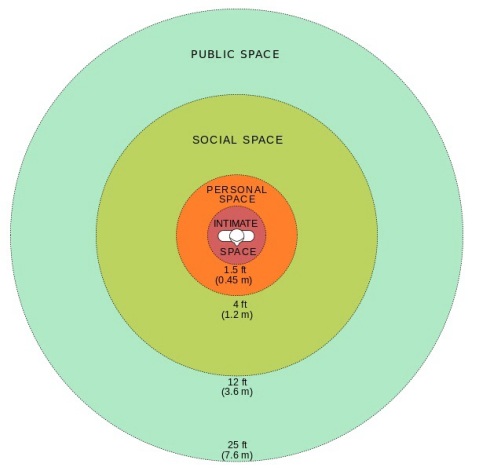

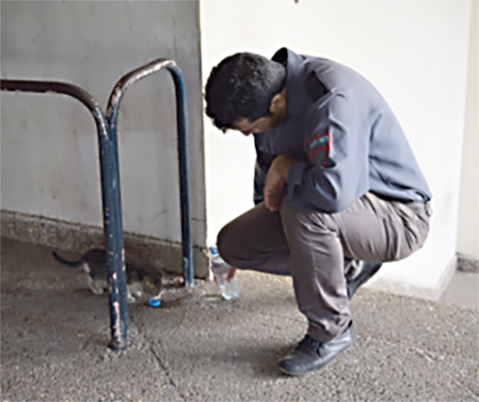
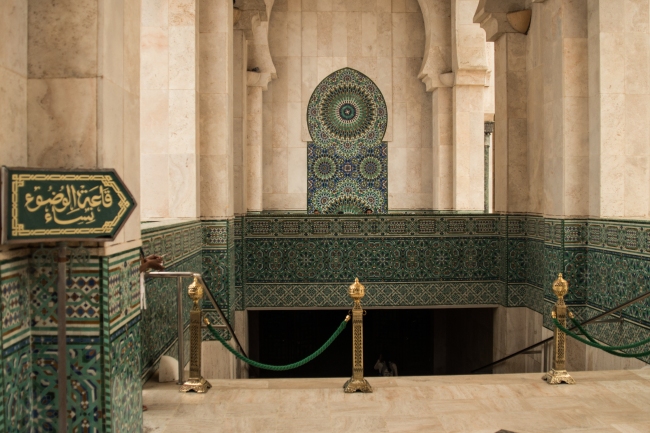
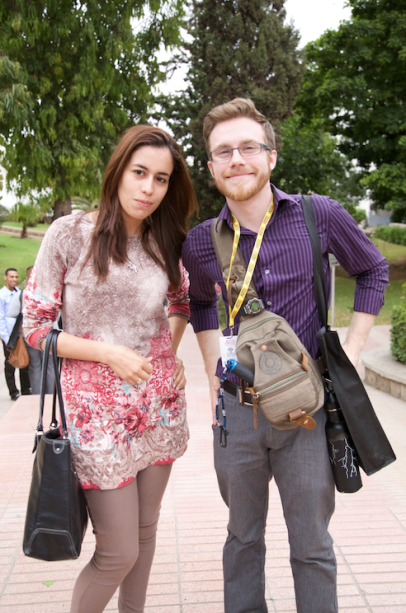

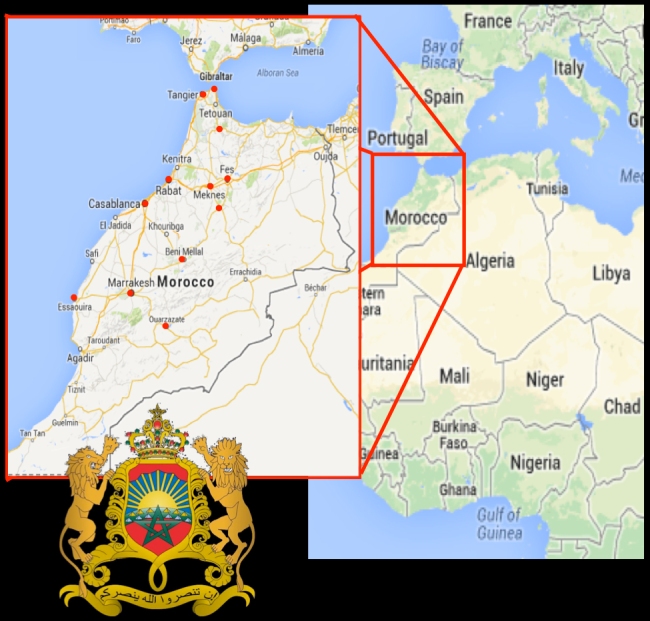
Recent Comments